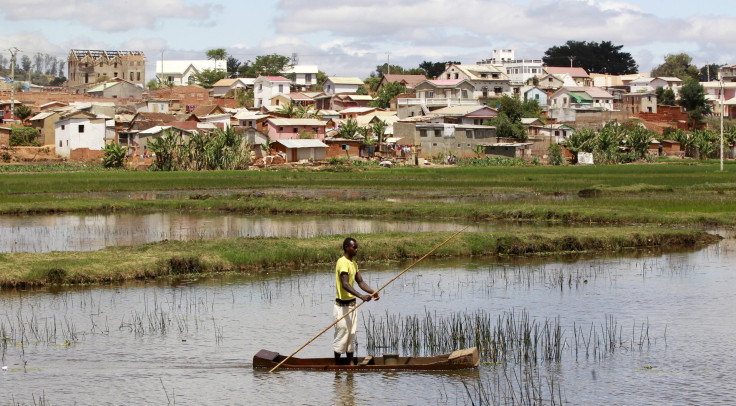Ancient rice and mung beans reveal Madagascan ancestors were from South-East Asia

Scientists have unearthed ancient charred remains of mung beans and rice from Madagascar. This is the first archaeological evidence that ancestors of people from Malagasy, an East-African island, had South-East Asian origins. The findings of the study add to the linguistic and genetic evidence that Austronesians made a dangerous journey across the Indian Ocean to colonise Madagasy around 1,100 to 1,300 years ago.
The study has been published in the journal Proceedings of the National Academy of Science (PNAS). Genetic studies have also revealed that Southeast Asian ancestry co-mingled with African ancestry. However, archaeological evidence such as pottery, which link these early populations with South-east Asia, has been sparse.
Lead author Alison Crowther, a post-doctoral researcher in archaeology at the University of Queensland, said that this is the reason scientists look at plant remains as foods are extremely important people migrating from one land to the other stacked themselves with these foods for the voyage. The heritage of Madagascar’s human occupants has puzzled scientists for long. This study sheds new light on the matter.
“Linguists have recognised for a long time that the languages that were spoken by the people of Madagascar were not African in origin — which is what we might expect given the proximity of Madagascar to Africa — but actually come from South-East Asia,” Cowther told the ABC.
Madagascar’s 18 ancient settlements were excavated by the team of researchers on the East African coast in Tanzania and Kenya. Offshore islands such as Comoros, Zanzibar and Pemba were also excavated. An ancient 10th century trading port in north-west Madagascar, Mahilaka, gave important clues as to the origins of the Malagasy as scientists uncovered the ancient mung beans and rice. These Asian food crops did not arrive on the African mainland until 11th century.
One thing baffled the researchers, though. They found rice and mung beans on an 8th-10th century site on the nearby Comoros Islands. This was unexpected as Comoros people speak African languages. Crowther is also trying to find an answer how the South-East Asian people came all the way to Madagascar across the Indian Ocean. He is almost certain that they made the journey by water and not land.
“Amongst the material culture that they appear to have brought with them is the outrigger canoe, and the outrigger canoe is today found in Madagascar, in the Comoros and in eastern Africa. The outrigger canoe was a South-East Asian technology and yet it's not found anywhere else in the intervening regions of the Indian Ocean, so it really does suggest that they came through a direct maritime crossing,” Crowther added.





















